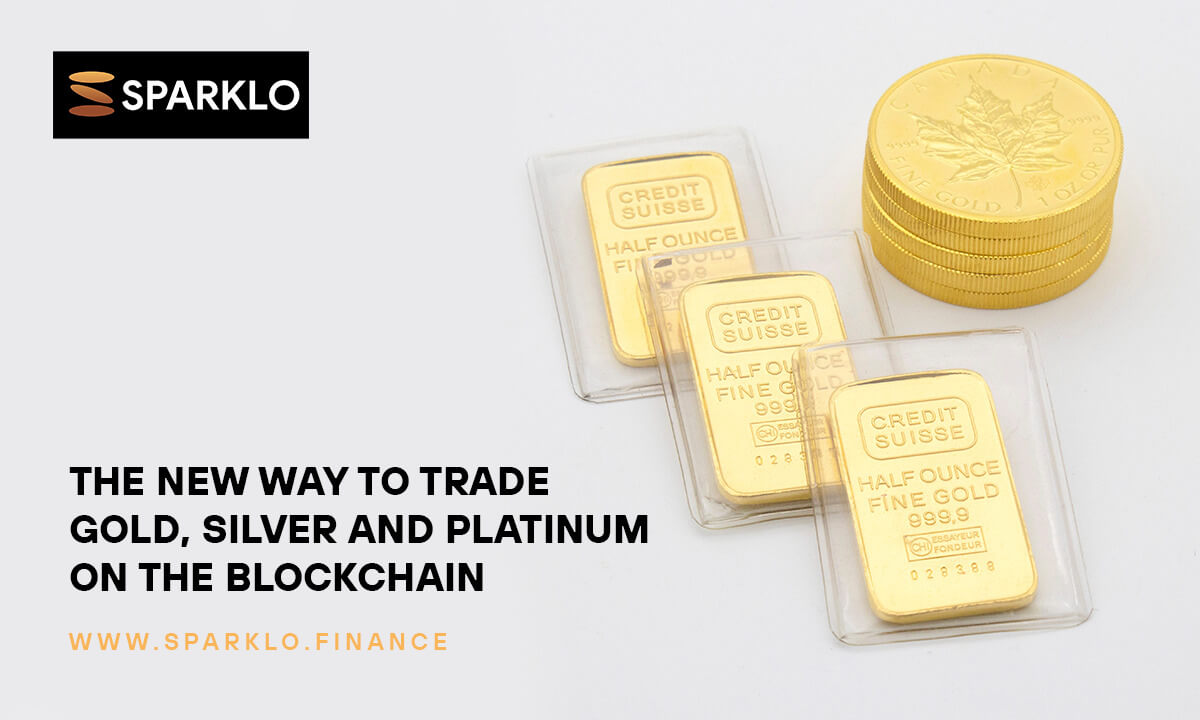This doesn’t happen much anymore, but in the old days you used your computer and it would just make little noises, but if you started a game – something intensive – the fan would go crazy and it would start making more noise because the computer is working very hard. So that’s the job; the poor computer is working very hard instead of doing nothing or only working when you tell it to. It’s 100% going to try to just churn out as much as possible.
In proof-of-stake, the idea is in the reality of the cryptosystem, in the reality of the blockchain or in the reality of the coin, in that reality of the entire node software, it somehow knows – which is part of the problem, this somehow way – but it knows who has which coins, and it also knows who is betting which coins. These people put the coins in a kind of dangerous condition, a dangerous box. They bet the coins. They say, “I buy in” with a certain amount, and then they join this – what would be – class of miners in their world.
They have a certain amount of coins bet, and then there is a complicated lottery system. There are many variations, but generally speaking, the more money you bet, the more likely you are to be selected. Once selected, you have the option to create the next block and then create the reward because you get a shot at the $10 billion.


